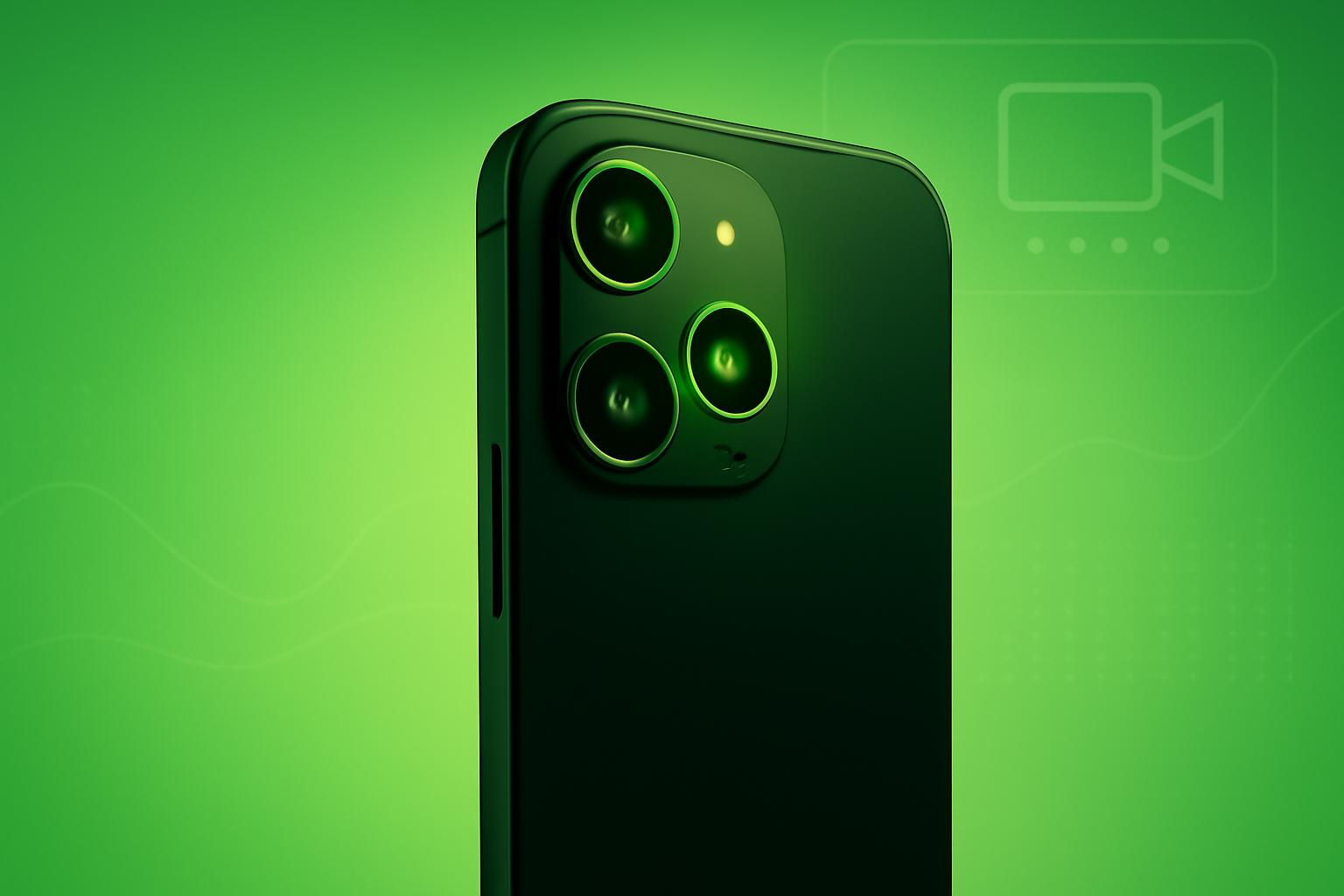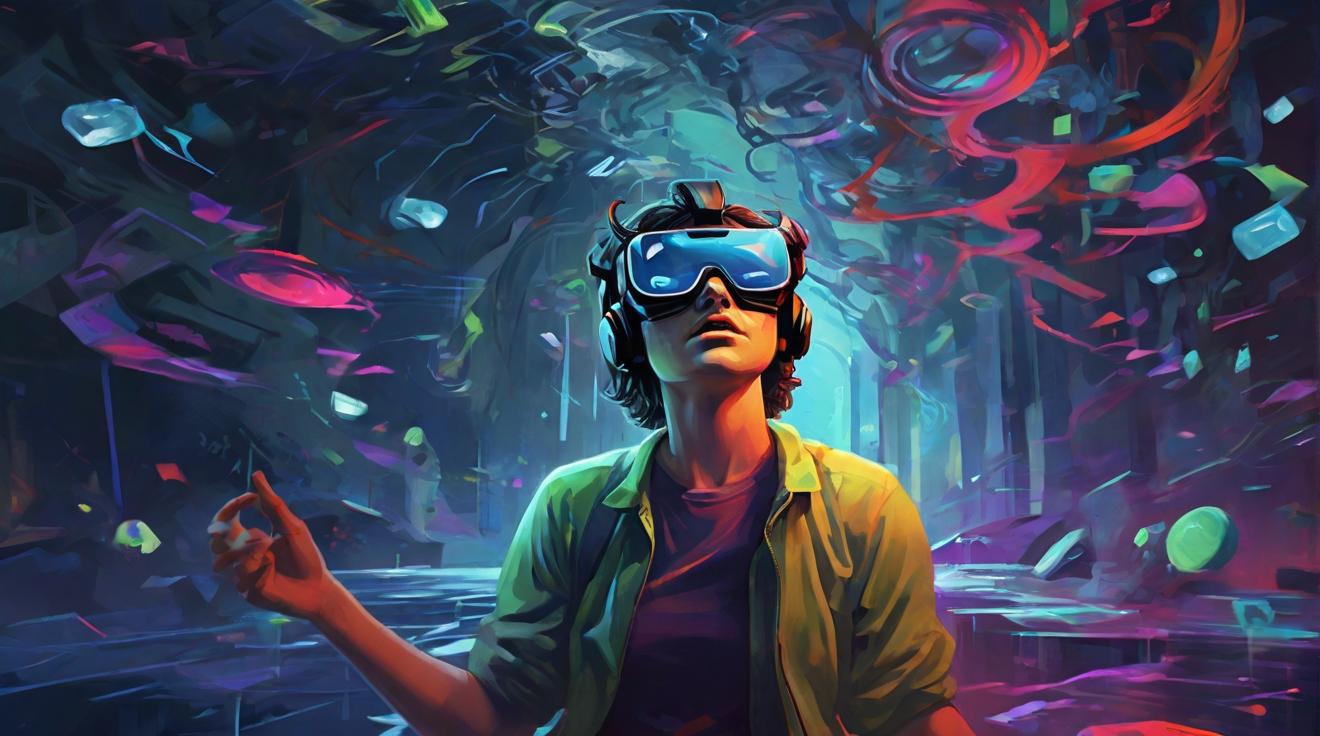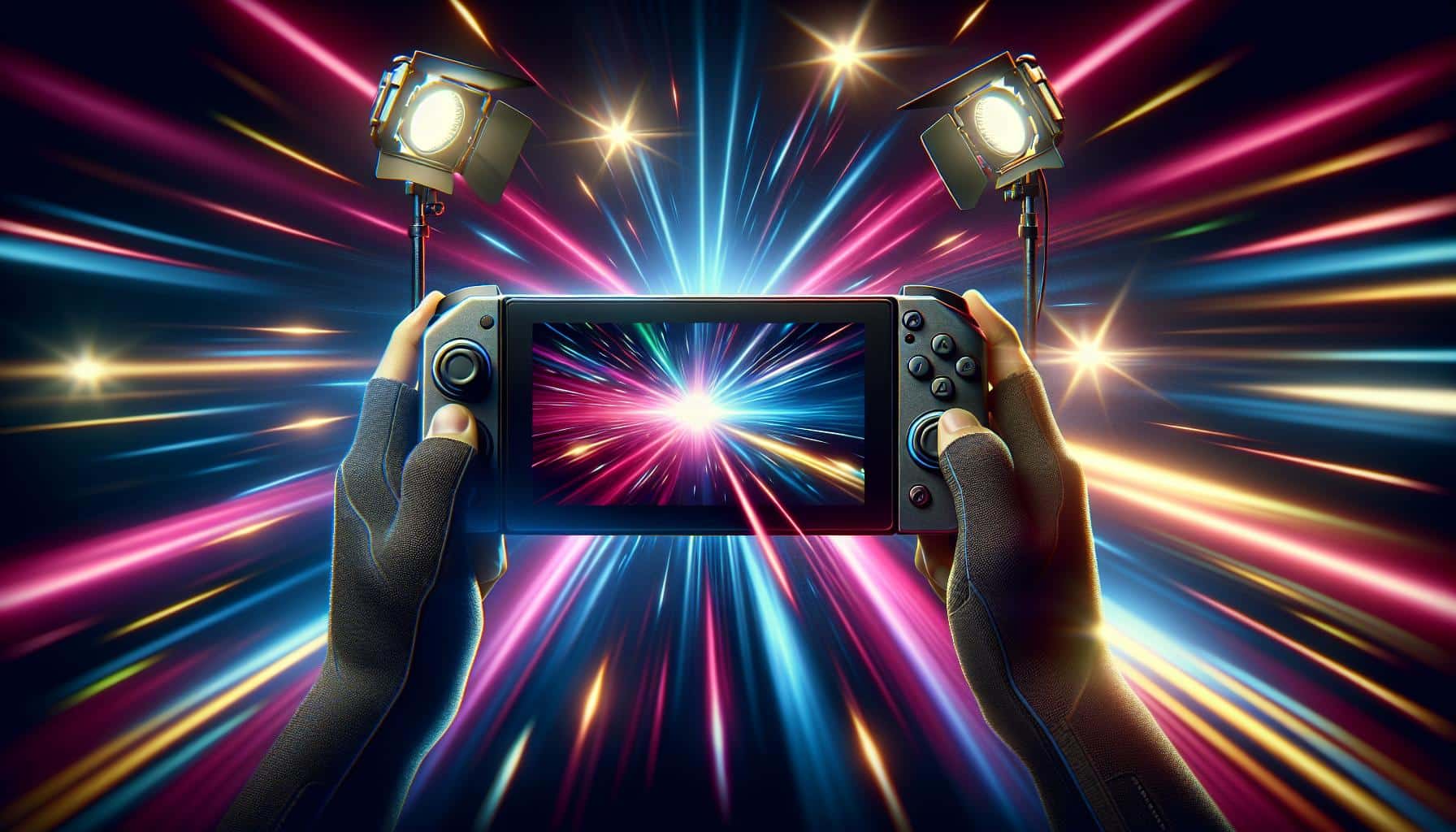Apple’s iPhone 17 Pro Elevates Content Creation with Advanced Camera Technology
Apple’s latest flagship, the iPhone 17 Pro, unveiled on Tuesday, is designed explicitly with content creators in mind. By integrating substantial camera improvements and professional-grade video features, the device aims to supplant dedicated vlogging cameras from brands like Canon, Sony, and Panasonic, which have traditionally been essential for creators.
Significant Sensor and Lens Upgrades
The iPhone 17 Pro boasts a camera sensor that is 56% larger than that of the iPhone 16 Pro, a critical enhancement that improves low-light performance, depth of field, and overall image resolution. This leap forward positions the device as a powerful pocketable camera, weighing just under half a pound, and lighter than some popular compact cameras.
All three rear cameras—the main, ultrawide, and telephoto—feature 48-megapixel sensors, enabling optical zoom levels at 0.5x, 1x, 2x, 4x, and 8x. This represents a major upgrade from the previous model’s 12MP telephoto lens. Additionally, the front-facing camera resolution has increased from 12MP to 18MP, enhancing selfie and video call quality.
Enhanced Video Recording and Creator-Centric Features
Building on the iPhone 16 Pro’s solid video capabilities, the iPhone 17 Pro supports 4K video recording at 120 frames per second in Dolby Vision HDR. The device introduces dual front and rear camera recording, enabling creators to capture multiple perspectives simultaneously. Center Stage technology is integrated into the front camera across the iPhone 17 lineup, allowing seamless framing in both horizontal and vertical orientations without physically rotating the device.
The Pro model further distinguishes itself by offering ultra-stabilized video capture at 4K 60fps, a feature particularly beneficial for creators filming on the move.
Professional Workflow Integration and Editing Enhancements
For creators working in studio environments, the iPhone 17 Pro supports Genlock synchronization, which allows multiple cameras to operate in perfect sync. An API is available to developers, facilitating the creation of custom multi-camera setups tailored to professional production needs.
Complementing the hardware advancements, Apple has released Final Cut Camera 2.0, an update to its free video editing app. This version enables recording in Apple’s ProRes RAW format, which improves export speeds and reduces file sizes without compromising quality. Additionally, the app supports open gate recording, utilizing the entire camera sensor to capture footage at resolutions exceeding DCI 4K. This capability grants editors enhanced flexibility to reframe shots, stabilize footage, and adjust aspect ratios during post-production.
Implications for Content Creators
While smartphones have historically lagged behind dedicated cameras in professional-grade imaging due to hardware constraints and multifunctional demands, the iPhone 17 Pro’s comprehensive upgrades narrow this gap significantly. For the expansive creator community, estimated at around 200 million individuals, the prospect of consolidating phone and camera functionalities into one device is highly attractive.
Apple’s strategic focus on creators with the iPhone 17 Pro could disrupt the market for compact vlogging cameras, potentially rendering many standalone devices obsolete.
Originally reported via techcrunch.com
FinOracleAI — Market View
The iPhone 17 Pro’s enhanced camera and video capabilities position it as a compelling device for content creators, likely reducing demand for entry-level vlogging cameras. The integration of professional features such as Genlock support and ProRes RAW recording broadens its appeal to higher-end users, potentially expanding Apple’s market share in creative industries.
Risks include competition from established camera manufacturers and the extent to which creators adopt the new device over traditional equipment. Market watchers should monitor sales trends and user feedback on video performance and editing workflows to gauge longer-term impact.
Impact: positive













